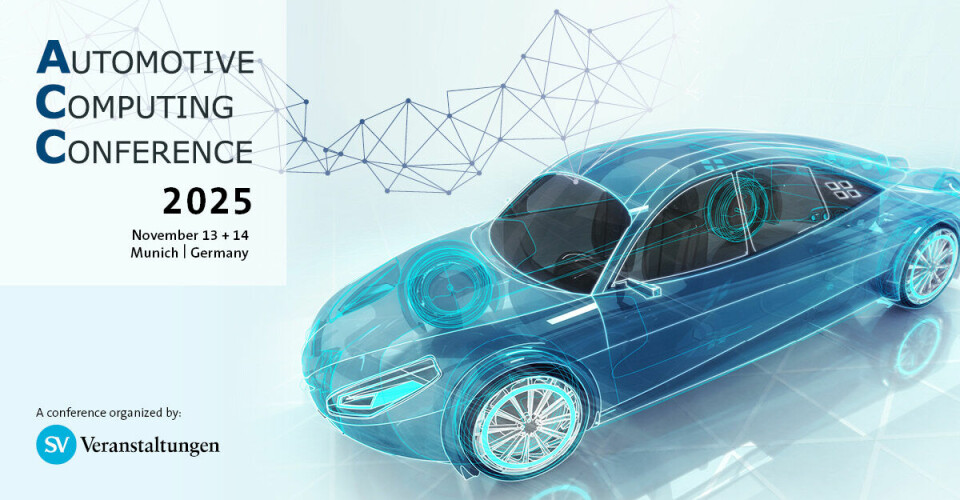Software Defined Vehicles
Interview with Marco Cassol, Infineon
“Not everything makes sense to be centralized”

Microcontrollers remain vital to automotive innovation. Marco Cassol from Infineon explains how MCUs evolve alongside high-performance SoCs to ensure safety, determinism, and efficiency in software-defined vehicles.
With a career spanning over a decade in automotive electronics, Marco Cassol combines deep technical expertise with product strategy experience. After starting out as a software engineer at Elektrobit, he joined NXP Semiconductors, where he worked as Field Application Engineer and later Product Manager for i.MX and ADAS solutions.
Since 2018, he has been part of Infineon Technologies, advancing through product management and marketing roles to his current position as Senior Director Product Marketing & Management. Cassol plays a key role in shaping Infineon’s microcontroller roadmap for advanced automotive applications — from ADAS and safety to E/E architectures and software-defined platforms.
At the Automotive Computing Conference 2025, he will focus on real-time processing in the context of high-performance SoCs and the enduring relevance of MCUs for software-defined vehicles. In the run-up to the event, we asked him three questions about the evolving role of microcontrollers in tomorrow’s automotive architectures.
ADT: As high-performance SoCs dominate the SDV discussion, microcontrollers still play a crucial role. From your perspective, how are MCUs evolving to remain relevant in increasingly software-driven vehicle architectures?
Cassol: MCUs remain the main building block of what makes a car. They are evolving in several areas to support software-defined vehicle architectures, including communication (for example, new communication interfaces such as 10Base-T1S Ethernet and networking accelerators), cybersecurity, software-over-the-air updates, multi-core architectures with virtualization support, edge AI capabilities, and of course a continuously advancing software ecosystem.
At the ACC 2025, you will highlight real-time processing in the context of complex SoC environments. How can MCUs complement high-performance compute units to ensure deterministic behavior and system reliability?
Today, MCUs are responsible for real-time and safety-critical functions in a car, and that should remain the case. Across the whole E/E architecture we see MCUs continuing to be the most cost-efficient, and in some cases the only, way to implement safety-critical functionalities. Take, for instance, ASIL-D applications like steer-by-wire systems with fail-operational requirements. If this processing were moved to the central node, the entire system, including the central computer, zone controllers, and edge ECUs, would inherit the ASIL-D fail-operational requirements. This would add complexity, increase cost, and ultimately raise the system vulnerability. Not only on end-point ECUs, but also on Central computing nodes or Zone controllers – where we see for instance vehicle motion control functions being implemented – we see that our Microcontrollers remain the best option for implementing control algorithms or functions which require low power consumption. Not everything makes sense to be centralized.
Infineon has a long legacy in safety-critical automotive electronics. How does this experience influence your approach to developing microcontroller solutions that balance performance, efficiency, and scalability for future SDV platforms?
As the leader in the automotive microcontroller market and the benchmark for functional safety, scalability, and performance, we continue to build on our strengths by offering customers a scalable portfolio for all embedded applications. Our MCUs are used by a very large customer base across all regions and application domains. Both traditional OEMs and Tier 1 suppliers, as well as new market entrants, rely on Infineon AURIX, TRAVEO, and PSoC microcontrollers to build their E/E architectures, drive their powertrain systems, control their chassis and body systems, and ensure the safety of their ADAS platforms with deterministic behavior. We leverage the extensive know-how gained from this broad market exposure to continuously evolve our products.

